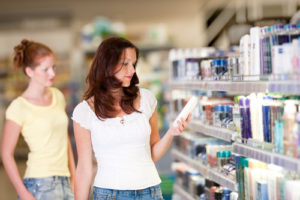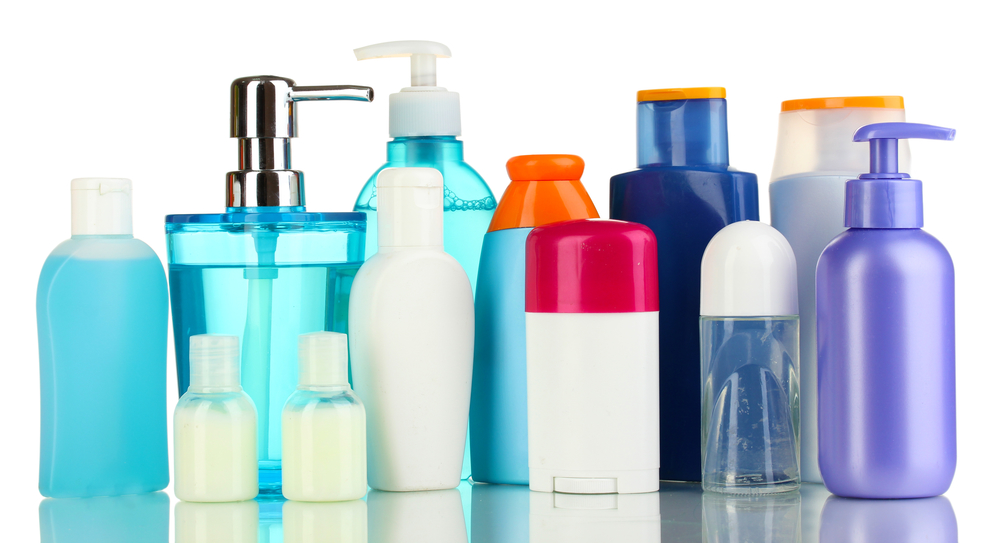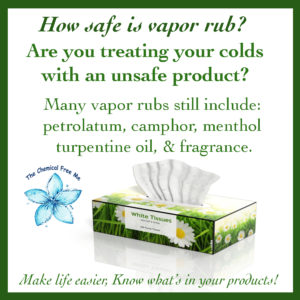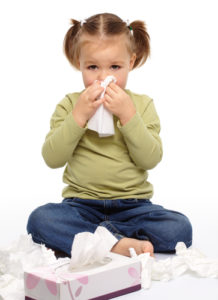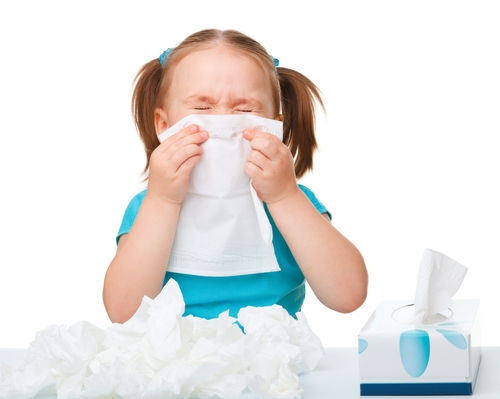Metal beads often used for parties and parades contain toxic levels of lead.
These necklaces can be found year round in goody bags, and at events. They are colorful, sparkly and have a huge appeal for children.
It’s possible you may have acquired some on New Years Eve and brought them home to your child as a nice surprise. 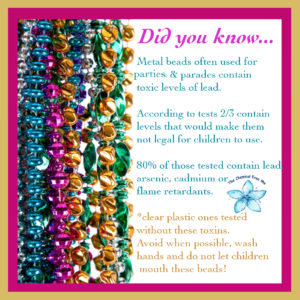
Several years ago you could have found many strands lying around my house for my then toddler daughter to enjoy. After learning how toxic they are they all disappeared.
Mardi Gras beads have tested for high concentrations of lead and other heavy metals. Lead has been linked to brain damage, stunted development and a shortened attention span. There are no safe levels of lead for children to be exposed to.
Some beads, upon being broken open actually contain pieces of old circuit boards and electronics. In addition to lead, 80% of beads tested contained arsenic, cadmium or flame retardant chemicals.
 Beyond your own personal exposure these beads are very damaging to the environment. It has been estimated that 900,000 pounds of flame-retardants and 10,000 pounds of lead help make up the yearly inventory of Mardi gras beads. The toxins seep into the water supply and the soil working their way into the food chain and back to us.
Beyond your own personal exposure these beads are very damaging to the environment. It has been estimated that 900,000 pounds of flame-retardants and 10,000 pounds of lead help make up the yearly inventory of Mardi gras beads. The toxins seep into the water supply and the soil working their way into the food chain and back to us.
What can you do to keep these toxins out of your home?
Ideally don’t bother with the beads. If you are somewhere and the beads are being thrown around and passed out and you chose to let your child (or yourself participate) take some precautions:
-Opt for clear plastic ones when possible (these tested safe)
-Wash your hands with soap and water or at least a baby wipe after handling and before eating.
-Do not let children put the beads in their mouths.
-Never burn the beads or store them in sunlight.
-If you are in a position that you must handle the beads on a regular basis wear gloves.
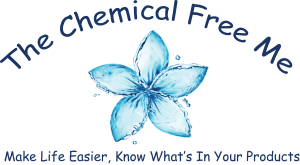
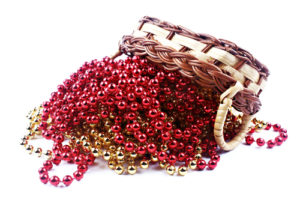
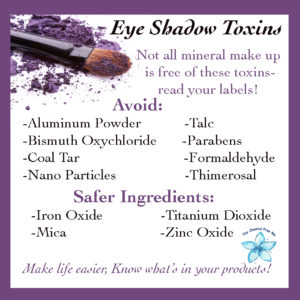
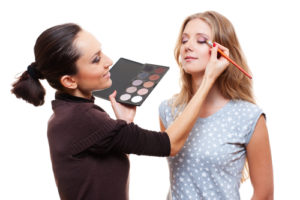 toxin.
toxin.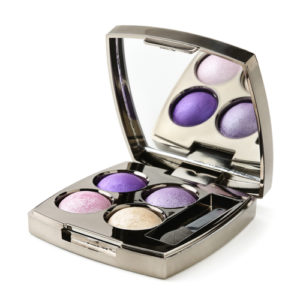
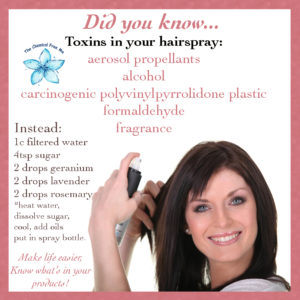


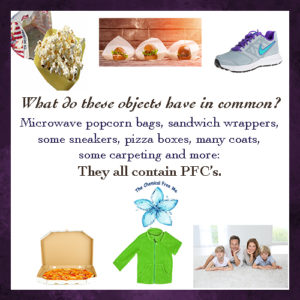
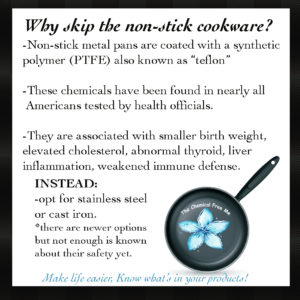
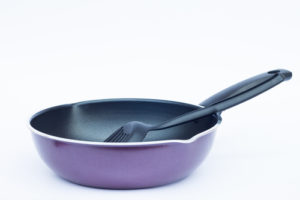
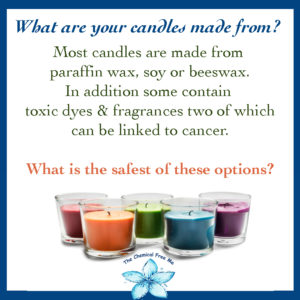
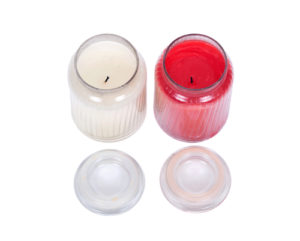
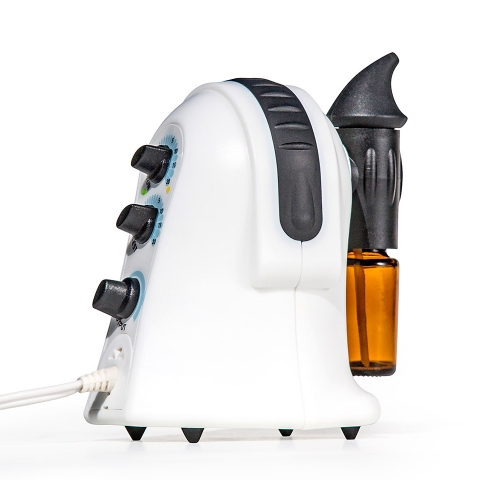
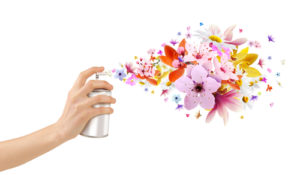
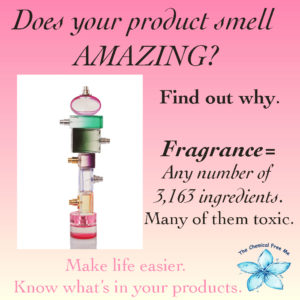

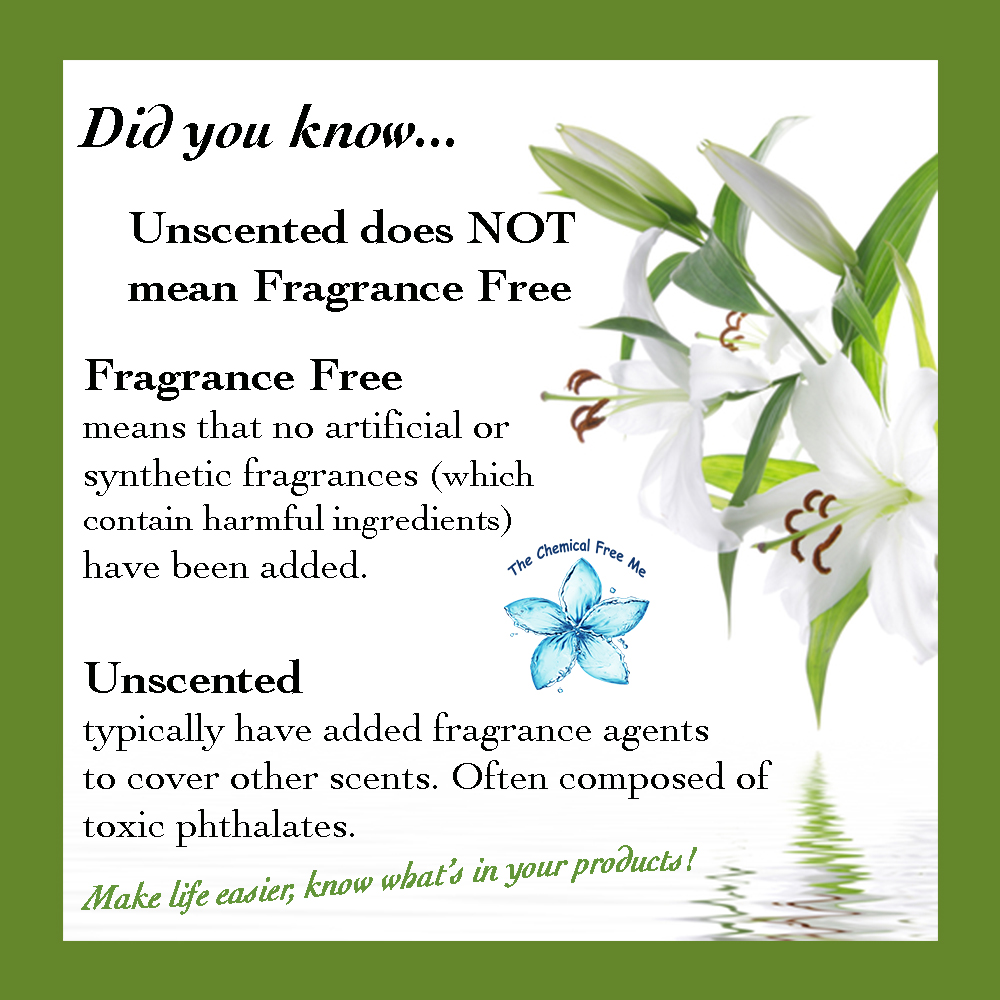
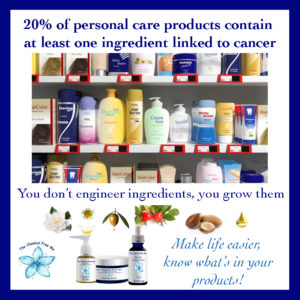 ctly linked to cancer, hormone and thyroid disruption and more.
ctly linked to cancer, hormone and thyroid disruption and more.